Exploring the 4/6 Opportunist Role Model – Mayor Mentor Profile in Human Design
The 4/6 profile in human design, the opportunist role model, or as I like to say, the mayor mentor.
A Human Design 4/6 Opportunist Role Model Profile Affirmation
You are steadfast, reliable, and here to connect with others. You move through the world with deliberate actions. You thrive when your network is vibrant, growing, and resourced. Your presence calms with your accepting nature and you expect the same. You can’t be rushed. You move to your own rhythm and on your own terms, your wisdom and network flourish as you age. You balance the desire to be with people while finding solace and being alone. This time alone only fuels your impact and wisdom. You are a leader with a mission.
Explaining the 4/6 Opportunist Role Model Profile in Human Design
Let’s dive into the opportunist role model or as I like to say mayor mentor, the 4/6 profile in human design. This is the only profile where both of the lines are in the upper trigram of the hexagram. Four and six, the foundation of the second floor and the roof. However, they have a destiny that is personal because the lower number is in the beginning. These are people who are here to share their own truths and share their own values. It’s an internal process here they are still sort of self-absorbed.
The fourth line opportunist (mayor) is accepting and takes things that face value. They’re a good friend and they’re reliable and they have power over their network. The fourth line really needs to oscillate time with people listening and then time alone. They really have this gift for building networks. They’re one of those people who can pick up the phone and speak to somebody they haven’t talked to in 10 years and just pick up where they left off. These are not people, particularly in the business world that do well with cold introductions or cold traffic. I don’t want to say that it’s impossible, but it’s a lot harder.
Then we have the sixth line Role Model in human design that doesn’t like to get close to many people because it obscures their view. The fourth line yearns to communicate yet the sixth line often refrains. The 4/6 profile in human design is here to universalize. They’re kind of the representative of what it means to live a nine centered life. They take the themes of the lower trigram and they universalize them. They take the themes of foundation and building and experimenting and just being naturally talented. They externalize those based on their beliefs.
I want to be really clear that they don’t do all those things. They’re just here to take foundations, the things that emerge from lines one, two, and three, and speak them as what they know to be their truth. They model them and they show others what it means to live authentically. They typically have a keen sense of self-awareness. They thrive on stability and need a solid foundation in order to thrive. Once that foundation is established they can then share their truth.
As a sixth line profile, the 4/6 profile in human design lives their life in three phases. In phase one, they bump into opportunities in a more objective way than the other six lines. They take in foundations that then over time and in phase two become their truths and the core values that they live by. During phase one as a 4/6, they’re going to operate more like a third line. This can be challenging for them because that fourth line does not like to rock the boat. And that sixth line is living life as a third line. They don’t do well with change. They don’t adapt quickly. And this can really cause a lot of turbulence for 4/6s because they thrive on stability.
In phase two, they really begin to establish the foundation of their life. They establish a career and a family, and they get clear on their truths, this versus that, and what they believe. This is that time when their network is established so that in phase three they can become the benefactor because that four line oscillates between dependent and benefactor and confidant or not. It’s important to understand that it is during phase three when they climb onto the roof and claim their INF influence.
They vocalize their mission and they really truly step into themselves. I wouldn’t say that the 4/6 opportunist role model profile in human design is more tolerant of change than the other six line profiles, but this is only because they can see the long view. They can see the perception and perspective can change because of that six line. The 4/6 is here to change the perspective of other people, and they establish accepting relationships and they accept other people and they want people to accept them. When that doesn’t happen, it really rocks the boat for the 4/6.
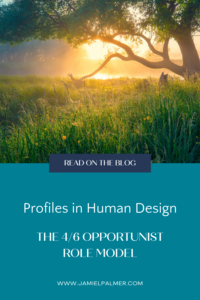 The Challenges of the 4/6 Opportunist Role Model Profile in Human Design
The Challenges of the 4/6 Opportunist Role Model Profile in Human Design
Most of the time this profile doesn’t do well with strangers. I say that because there are always exceptions to that rule, particularly for entrepreneurs. These are not people who thrive on cold traffic. They do much better when people come from their network. I always use the example of my husband. He’s a 4/6 projector and he does hiring. If he hires somebody through his network the person always accepts. If it’s somebody cold that he solicited or came in randomly, it tends to not do so well. It’s important to understand that these people are here to influence as a 4/6 Opportunist Role Model Profile in human design. The fact is that in order for them to have the ability to influence, the 4/6 actually has to listen to other people.
If they’re cold, the 4/6 hasn’t spent any time listening to them. It’s this weird dichotomy for the 4/6. It’s important to understand that if they have a cold person, they’re often rejected, which then leads to disappointment and sadness and retreat for a 4/6. The aligned 4/6 is here. They observe and they engage and they look for those that they can trust. They look for those that can have a confidant, and for people where there’s a mutual benefit from the relationship. That’s why in traditional human design, it’s called the opportunist opportunist.
These people are here to influence and change the lives of others through their message. These are people who are often kind souls. They accept people as they are, and they really do want the same out of their relationship. I always think of them as old souls, but in reality, these are people who can often be a little bit misunderstood. I don’t want to sugarcoat that. One of the things that’s important to understand, particularly from a business perspective, fourth lines in general are not necessarily here to reinvent the wheel in terms of creating something from scratch. They’re here to take something that they identify with, that they believe in and externalize that. That’s one of the big challenges that I see with the four mayor mentor, particularly in business.
When we come to the challenges of this profile, one is that they can spend too much time listening. They can spend too much time bumping into things. They can really have a lot of tension within themselves. For them, it’s really important that they learn to honor their strategy and authority so that they don’t face exhaustion because too much listening is too much for them. Then they’ll have no one to influence, and they’re really here to influence the other, not the other influencing them.
It’s important to understand that stability is inherent in their beings. The 4/6 profile in human design does need to have stability in their lives, and stability comes when they have people that they can rely on. It’s not necessarily the stability of the first line where it’s like safety, security, etc. While that’s important for a fourth line, it’s more important for them to have people that they can rely on. A tight inner circle, a tight group of friends who accept them. That can be really challenging for them during the first 30 years.
The 4/6 Opportunist Role Model Profile in Human Design in the Real World
One of the other things to remember with the 4/6 is when the trust of a 4/6 is broken, especially during childhood, a big part of their heart can be wounded. These are children who can often become mean and cold when they’re rejected, especially when they’re rejected for their truths or when their trust is broken. Relationships are really important for them, and that’s something you’re going to want to carry through into adulthood. It’s important to understand that anytime you have a four in a profile.
These are people who might not do things at the same speed as other people. The fourth line doesn’t want to be rushed. Oftentimes people think, oh, well, if I just give this kid some tough love, they’ll grow up faster. And the reality is the 4/6, they’re often pushed out of the home too early and they really struggle. The fact that the 4/6, in particular, has this theme of benefactor dependent, trusting, not trusting confidant, not trusting, not confidant leader, not leader.
It’s important to understand that the four is going to be dependent on their parents for a while. When they’re pushed out of the nest too early it can be really quite traumatic for them. I think the other thing to think about when we think about the 4/6 is that these are people who can struggle with indecision. They are people who often the sixth line just wants to observe without bothering people. The four thrives in being with people. They can get into this indecision of do I choose this or do I choose that. They really can struggle to see from the roof clearly because they can be down with the people and having space and time for them to figure out what they believe is really important.
In order for them to change their mind or their beliefs on things they often need time and retreat. But that happens very slowly over time. When I have a 4/6 client, and I have quite a few of them, it’s more like turning a tanker ship or a cruise ship. Those things don’t turn on a dime. They’re not going to do a quick pivot. They’re slow to change and adapt because they need to test what the new truth is. They need to test the new beliefs that they’re trying out, and that doesn’t happen quickly. Whereas a third line or a 3/5 or a 3/6 can get up and they can pivot and they just move. Think of it like a football player who pivots really quickly, that is not the 4/6.
Questions that you can ask the 4/6 Opportunist Role Model Profile in Human Design
- Tell me about X something that you’re interested in.
- Who do you know about X?
- Help them tap into their network.
- What’s your stance on XYZ?
- Is this person in my network a confidant?
- Am I honoring the timing of my life?
- Is it time to stop observing and start networking?
- Who do I know that can help me with X?
- Who do I know that would benefit?
- Did I enter into this relationship with my strategy and authority?
- Did this person come from my network or was it a stranger?
- Is there anyone here I can trust?
- What is in this for me? How can I benefit?
- Do I feel safe, loved, and accepted in my relationships?
- Have I spent too much time listening to others and now I am exhausted?
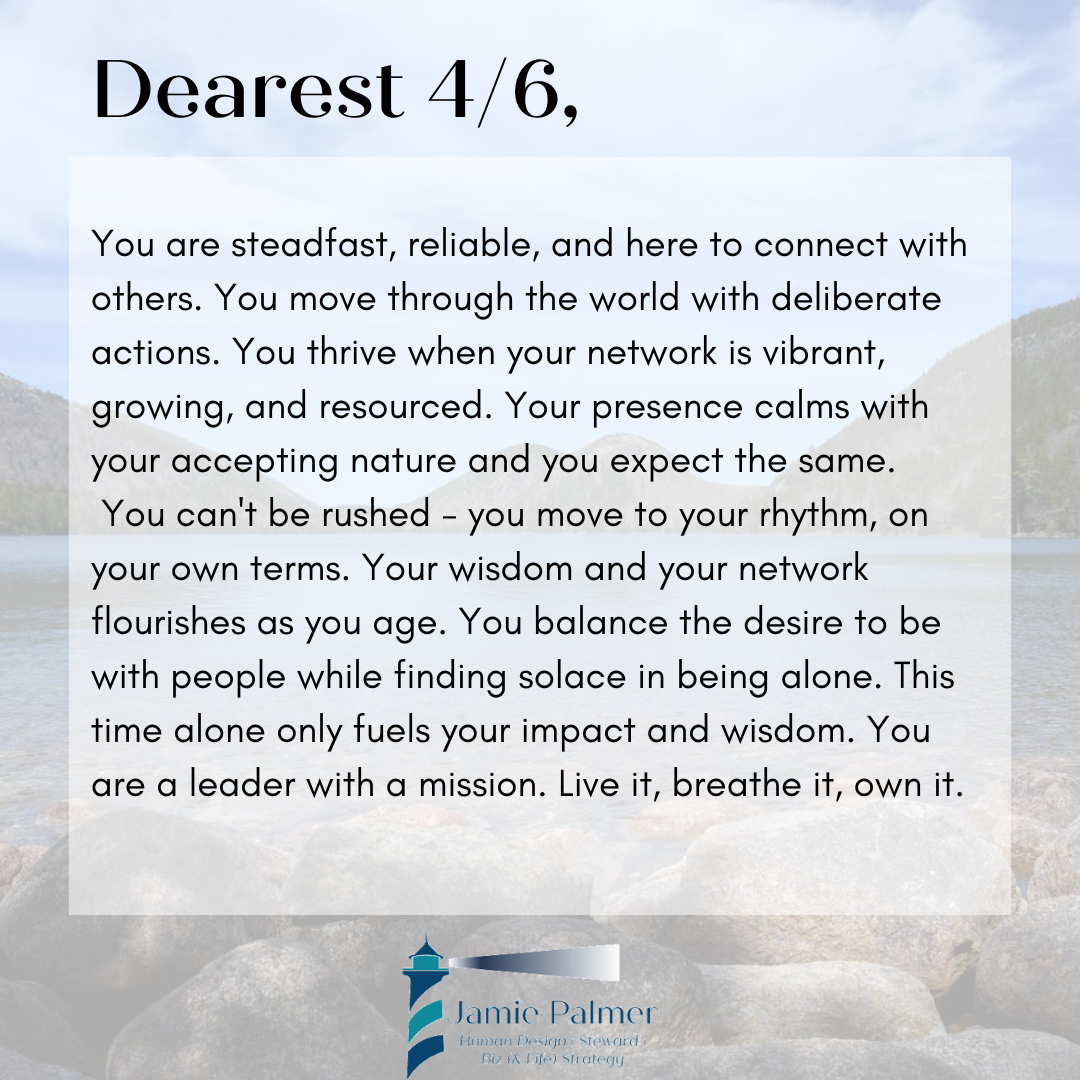
If you want to dive deeper into human design for business check out these other articles:
- The Do’s And Don’t of Marketing By Type Featured Article on Entrepreneur.com
- My Journey With Human Design
- The 1/3 Profile In Human Design
- Introduction to Profiles in Human Design
- Human Design Projector
- Human Design Manifesting Generator
- Human Design Generator
- Human Design Manifestor
- Human Design Reflector
- Authority in Human Design
- Human Design For Business
- The Voices of the Throat Center – Marketing for Human Design
- HD Your Biz Podcast
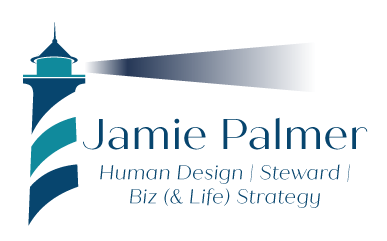
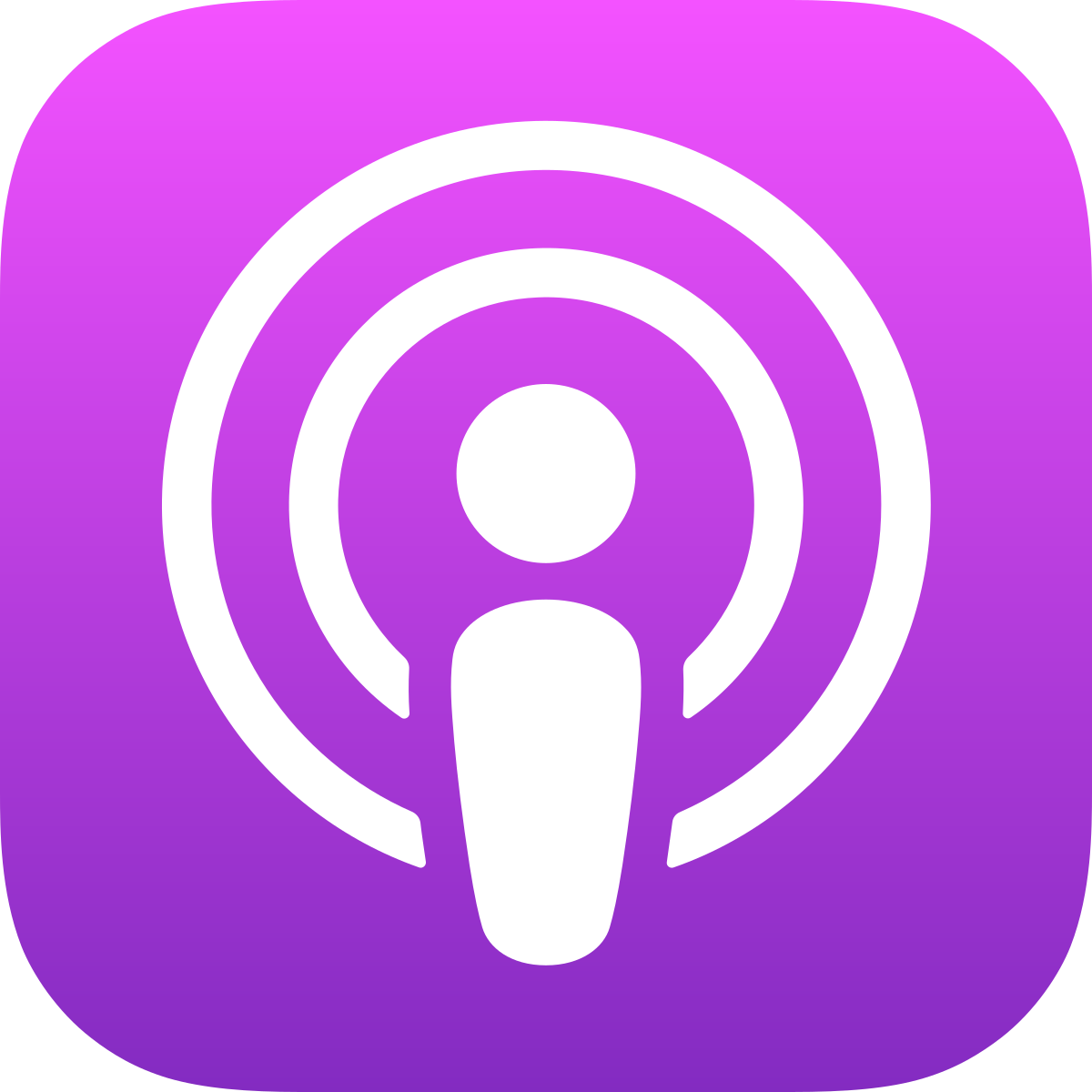



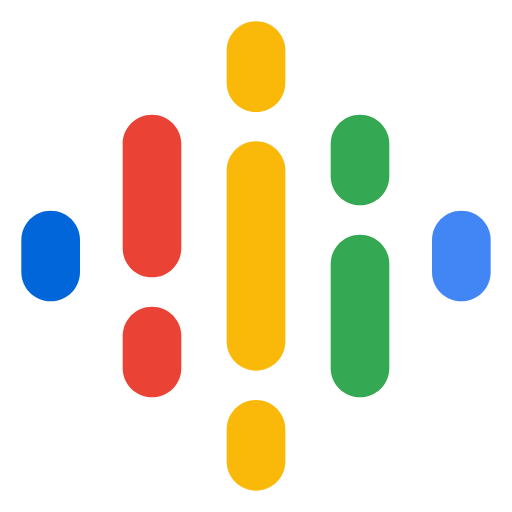
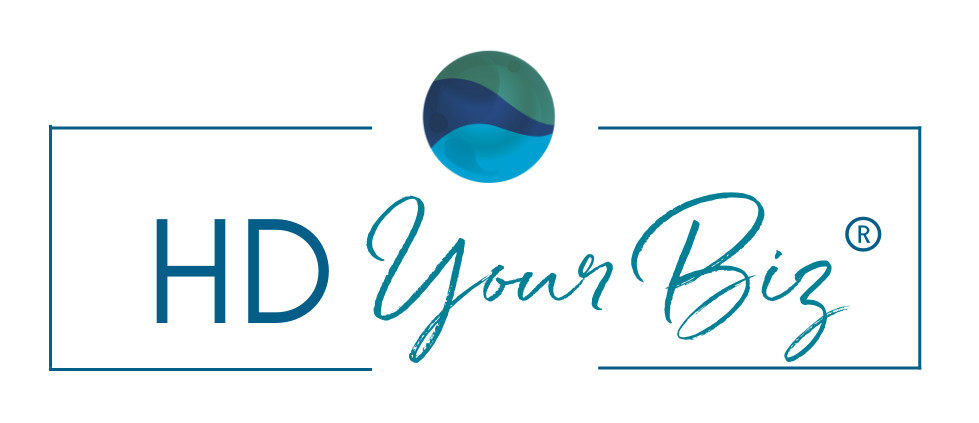
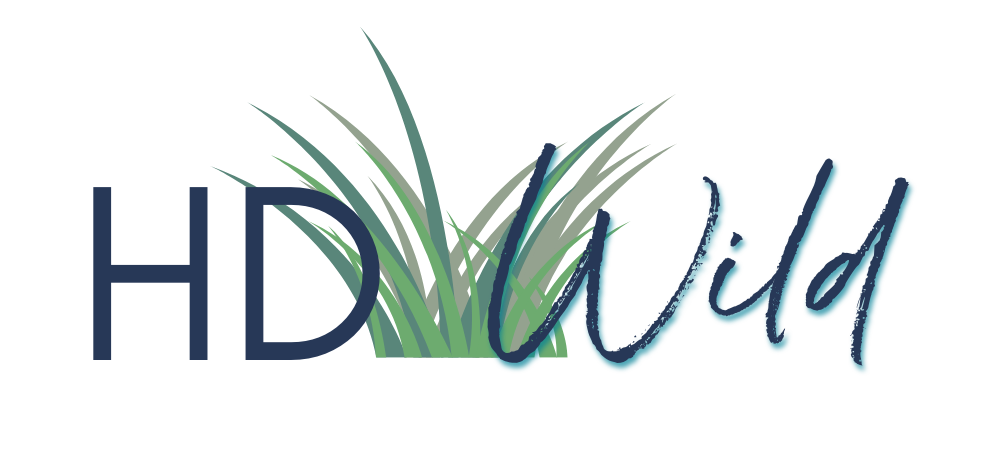

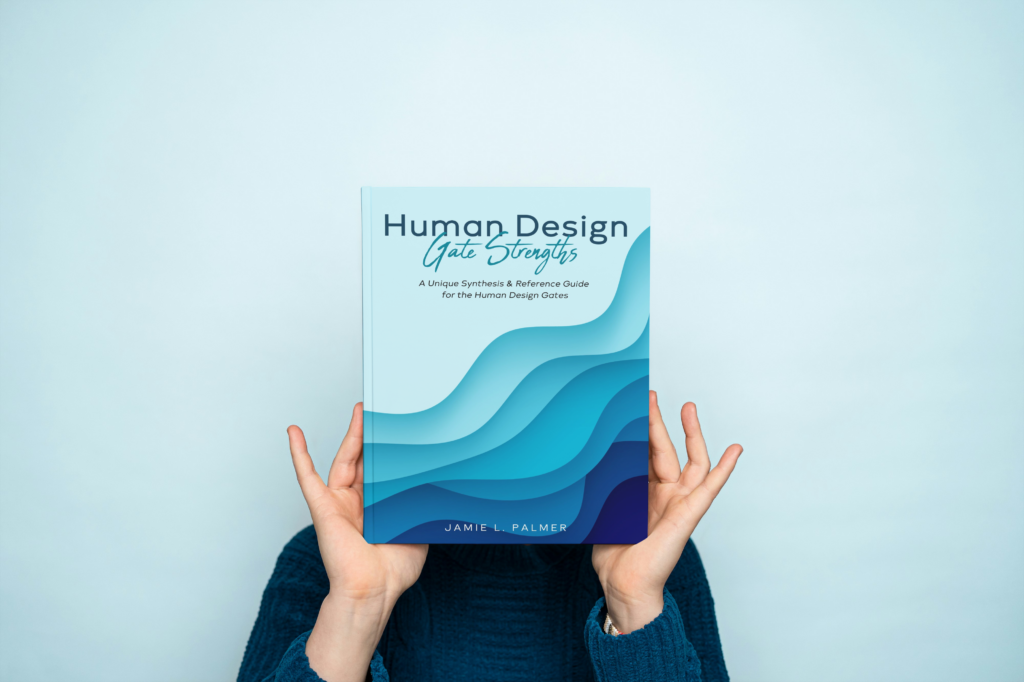

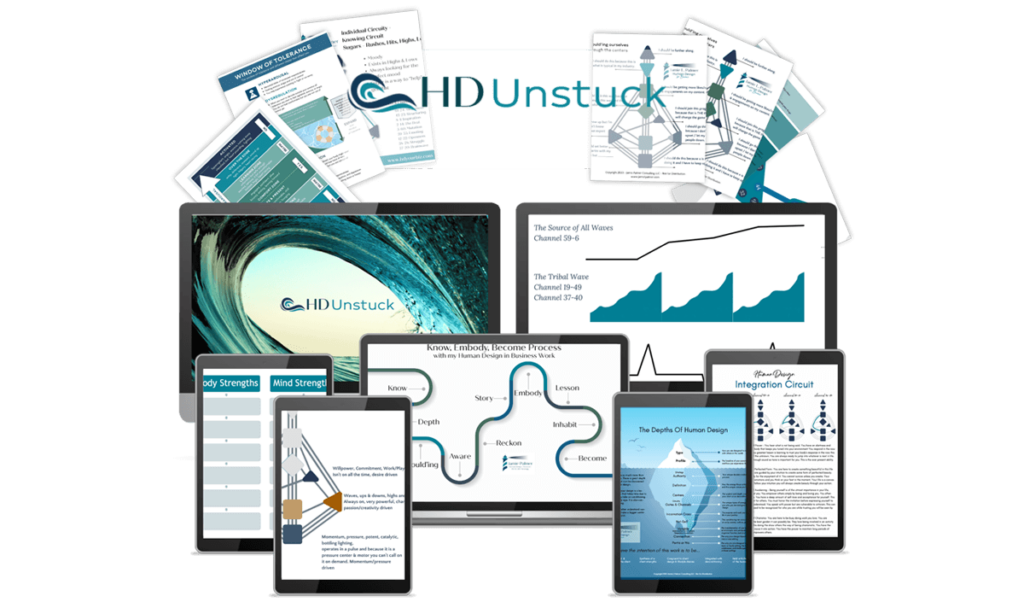

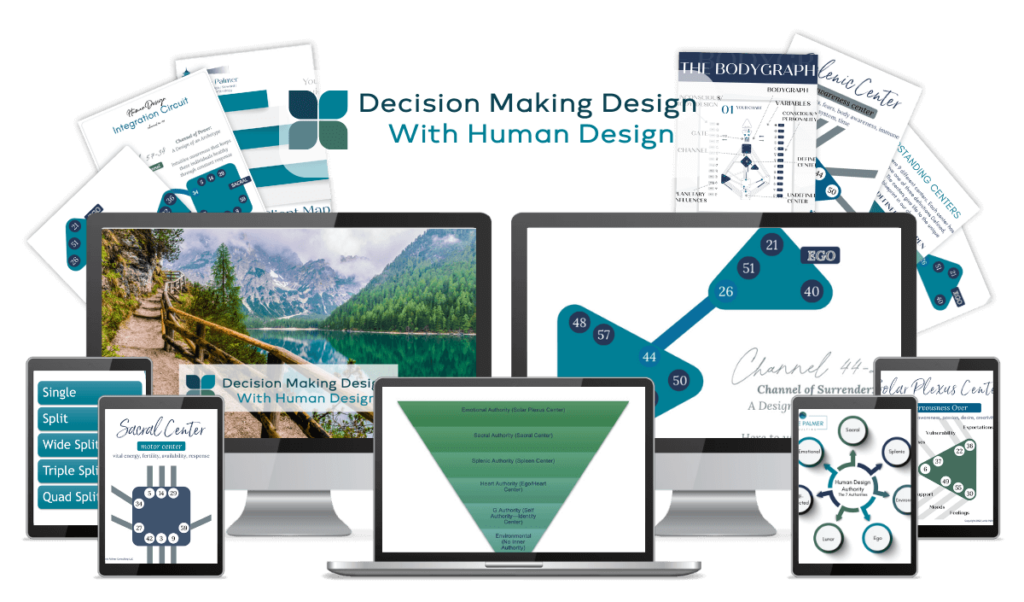
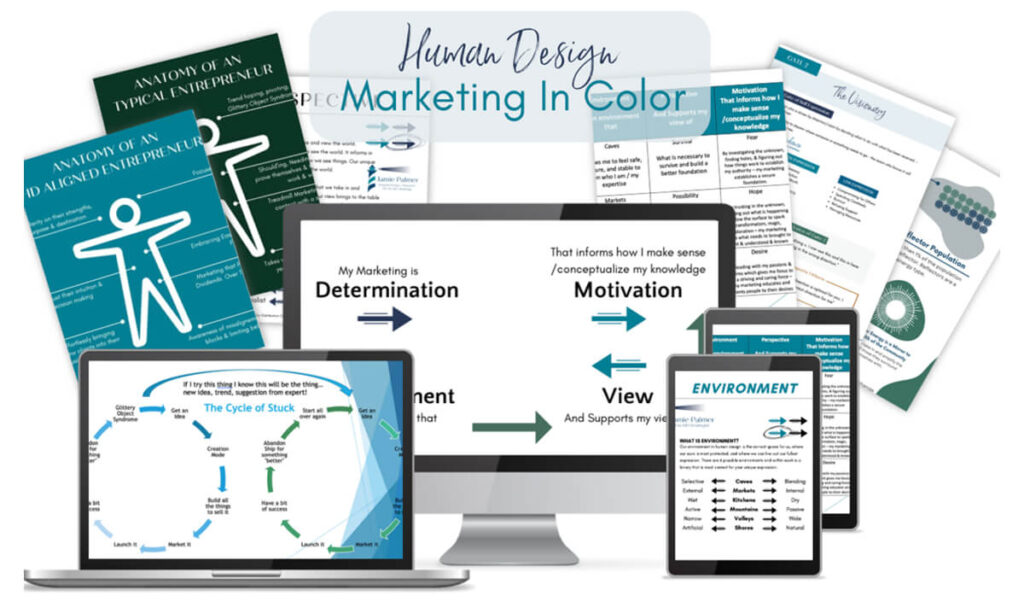
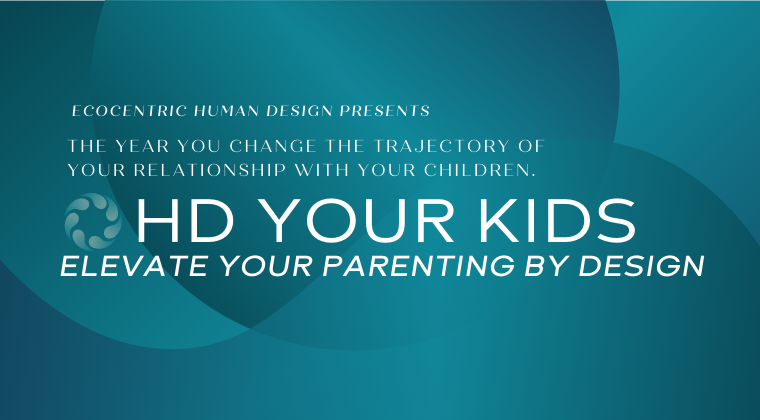
Recent Comments